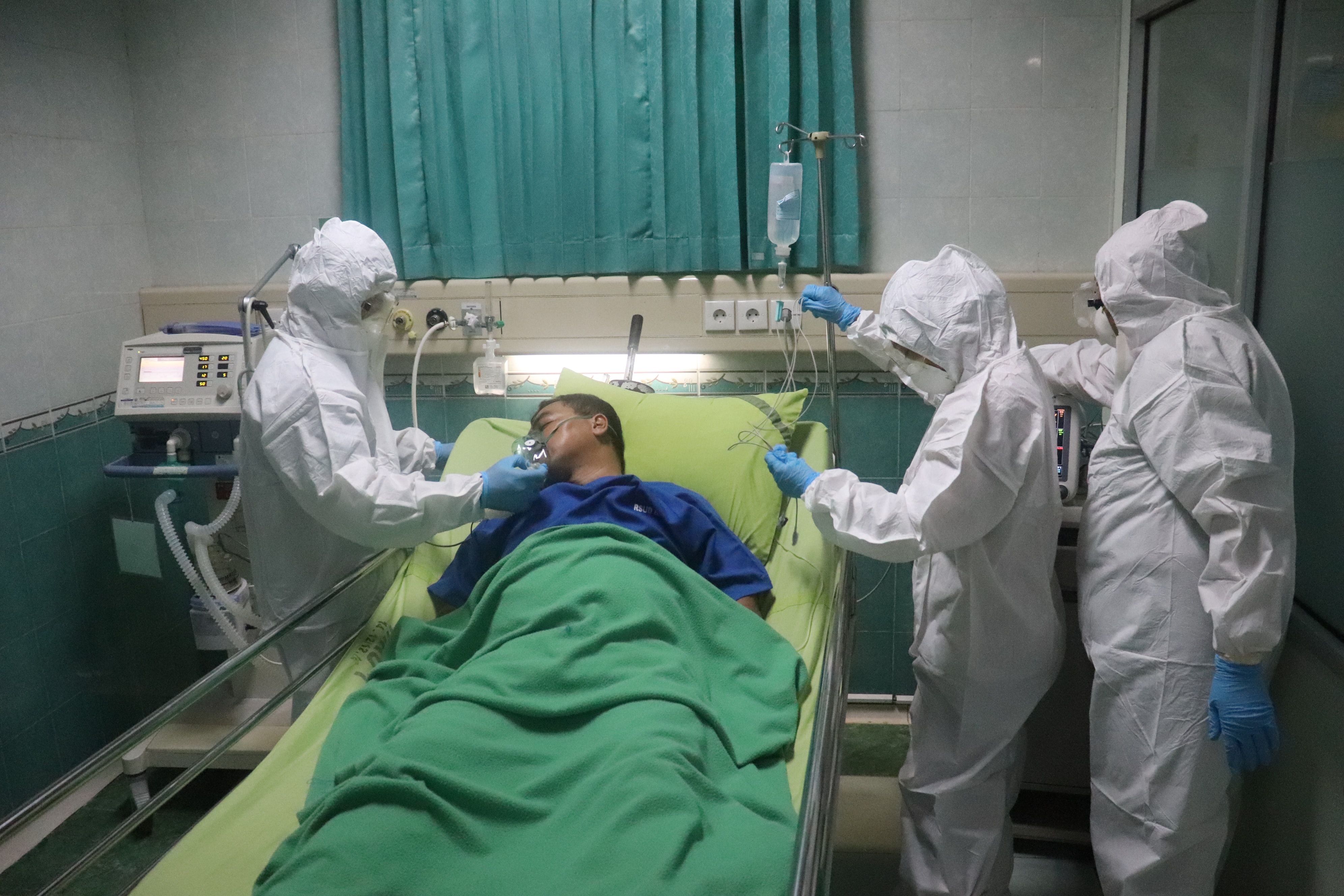Males Found to be More Susceptible to Respiratory Bacterial Infections
A 2-year retrospective study looking at patients admitted to the ICU showed that the number of intubated males infected with Acinetobacter baumannii (AB) was double the number of intubated females.

During the pandemic era, clinicians were concerned that patients with severe COVID-19, especially those who were intubated and spent several weeks in the hospital, were more likely to get other multidrug resistant (MDR) infections, leading to less than optimal outcomes including greater mortality.
A new study going back to the beginning of the pandemic reviewed MDR-AB respiratory infections in adult patients intubated in the ICU. The investigators reported the number of males intubated in the ICU infected with A baumannii was double compared to the number of intubated females.
The investigators pointed to another study that found comparable results showing that males were more susceptible to respiratory bacterial infections. The authors postulated hormones may have an effect here. “This may be due the impact of sex hormones since the estradiol has a pro-inflammatory effect while testosterone has an immune suppression effect,” the authors wrote.
The Study Specifics
This retrospective study looked at the period between March 2020 and March 2022 in Albaha, Saudi Arabia. It included 115 mechanically ventilated adult ICU patients who had MDR-AB retrieved from respiratory samples.
The investigators reported that the rate of A baumanni respiratory infections among adult ICU patients was 6.2%. Almost 93% of them developed ventilator-associated pneumonia (VAP), and five patients developed bacteremia.
In terms of antibiotic susceptibility, the A baumannii isolates were extremely resistant to most of the antibiotics tested. Most of the isolates were MDR (62%) then extensive-drug resistant (35%), and lastly pan-drug resistant (3%).
The Middle East has seen an increase in MDR with A baumannii. One study showed MDR rates were lowest in North America (47%) and highest in Europe and the Middle East (>93%).1 In the same study, analysis revealed decreasing susceptibility to several single antimicrobial agents in Africa, Europe, and the Middle East.1
Mortality
In the study, the overall mortality rate was 74%, with major risk factors being: sepsis, septic shock, VAP, liver diseases, and the use of inappropriate antibiotic therapy that lacked both colistin and tigecycline.
Additionally, patients with COVID-19 coinfection had worse outcomes compared to non-COVID-19 patients. The study reported that COVID-19 patients had a greater mortality rate than those with A baumanii infection alone, with it being 74% and 54%, respectively.
“The rise of A. baumannii resistance in Saudi Arabian hospitals is one of the country's most pressing economic and healthcare challenges. The identified strains from the southern area demonstrated substantial resistance, particularly among ICU patients, highlighting the significance of surveillance investigations in this region,” the authors concluded.
The study was published in the Journal of Infection and Public Health.
Reference
1.Lob SH, Hoban DJ, Sahm DF, Badal RE. Regional differences and trends in antimicrobial susceptibility of Acinetobacter baumannii. Int J Antimicrob Agents. 2016;47(4):317-323. doi:10.1016/j.ijantimicag.2016.01.015
